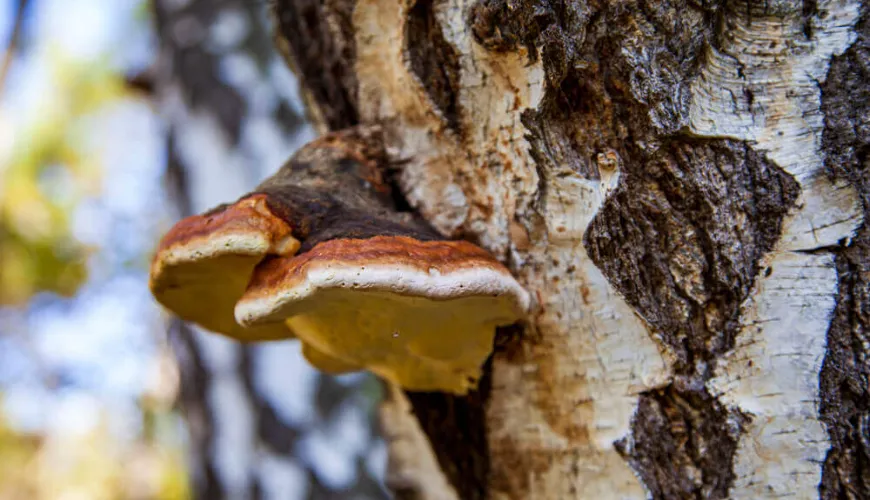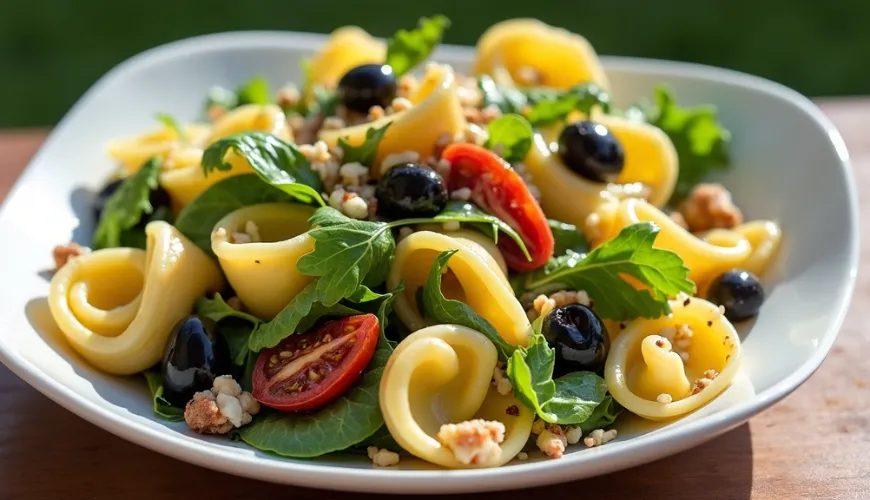
Which foods contain purines and how to limit them in your diet

Purines. A word that might sound like it's from a chemistry textbook, but in practice, it concerns anyone interested in health, nutrition, or dealing with any lifestyle diseases. Purines are organic compounds that naturally occur in the cells of plants and animals. In the body, they play an important role—they are part of DNA and RNA and participate in various metabolic processes. However, like many other substances, an excess of them can be a problem. That's why it's important to know which foods contain purines, how they function in the body, and why their quantity should concern some of us.
Why are purines a concern, and who should pay attention?
When the body metabolizes purines, uric acid is produced. Under normal circumstances, it is excreted in urine without causing any problems. However, if there is too much or the kidneys cannot eliminate it quickly enough, it begins to accumulate in the body. This leads to well-known health issues like gout—a painful inflammatory joint disease, also known as the "disease of kings." Today, we know that gout is not exclusive to aristocrats but can affect anyone, especially with a poorly constructed diet.
Besides gout, high levels of uric acid can contribute to the formation of kidney stones and increase the risk of cardiovascular diseases. People with these health risks—or those already suffering from gout—should learn to monitor their purine intake in their diet and choose foods carefully. This is where the purine table in foods comes in, serving not only as a practical helper but literally as a key to a better quality of life.
How much purine is too much?
Scientists recommend that people with gout issues limit their daily purine intake to approximately 150 mg per day. For comparison, a regular diet can contain more than 600 mg daily. That's a significant difference. Knowing which foods contain purines and in what amounts can help not only in treatment but also as prevention. And although purines are present in almost all foods, their concentration varies greatly.
Purines in foods
In general, foods rich in proteins often have higher purine content. The biggest "offenders" typically are:
- Red meat—especially pork and beef, and organ meats like liver or kidneys
- Seafood and fish—sardines, anchovies, cod, trout, or crabs
- Beef broths and strong meat bouillons
- Alcohol, especially beer—as it not only contains purines but also substances that increase their absorption
- Legumes, such as lentils, peas, or soy, although their impact is considered less risky compared to animal products
Interestingly, in the context of gout, it's not just the amount of purines that matters but also their source. Some studies suggest that plant-based purines have a lesser impact on uric acid levels than animal-based ones. Thus, there is a difference between lentils and steak, even if they may have similar purine values.
Food table by purine content
For better orientation, it's useful to summarize which foods contain how much purines. They can be roughly divided into three categories:
Foods with high purine content (150–800 mg per 100 g)
- Beef and pork organ meats (liver, kidneys)
- Sardines, anchovies, herring
- Meat broths, extracts, bouillons
- Dried meat
Foods with moderate purine content (50–150 mg per 100 g)
- Beef, chicken, turkey
- Legumes (lentils, peas, beans)
- Nuts and seeds
- Rice, whole grain products
Foods with low purine content (less than 50 mg per 100 g)
- Most vegetables and fruits
- Milk and dairy products
- Eggs
- Pasta, white flour bread
At first glance, a diet with restricted purine intake may seem dull and boring. However, there are plenty of tasty and diverse options to eat healthily while adhering to a low-purine diet.
And what about coffee? Does it contain purines?
People often ask: what about coffee and purines? Should one be worried about a cup of morning espresso? The answer might surprise you. Coffee does contain purine derivatives—specifically caffeine, which is chemically related to purines—but the amount is so low that it does not affect uric acid levels in the body. Some studies even suggest that regular coffee consumption might have a protective effect against gout. For example, a study published in the American Journal of Clinical Nutrition showed that men who drank more than four cups of coffee a day had a lower risk of developing gout. Of course, everything in moderation and preferably without sugar and cream.
What might a low-purine daily menu look like?
To illustrate with a concrete example, let's imagine Mrs. Hana, who recently had an acute gout attack. Her doctor recommended adjusting her diet and significantly reducing purine intake. She starts her morning with oatmeal with apples and cinnamon, along with a cup of coffee without sugar. For lunch, she has vegetable risotto with a small amount of cheese, in the afternoon she snacks on yogurt with honey, and for dinner, she has baked zucchini with potatoes. Throughout the day, she drinks plenty of water and avoids alcohol. Such a menu can be varied, tasty, and gentle on the body.
What else helps?
Besides eating habits, lifestyle also plays a role. Adequate hydration is important—ideally plain water, herbal teas, or mild fruit drinks without sugar. Regular physical activity helps stabilize metabolism and maintain a healthy weight, which is crucial for people with gout. Excess weight increases uric acid production and simultaneously decreases the kidneys' ability to excrete it.
As with many other health topics, prevention is easier than treatment. Although purines themselves cannot be entirely eliminated from the diet—and that is not the goal—their amount can be kept within reasonable limits. A conscious choice of foods based on purine content can be a crucial step towards sustainable health.
As the famous physician Hippocrates once said: "Let food be your medicine and medicine be your food." In the context of purines, this is doubly true.

